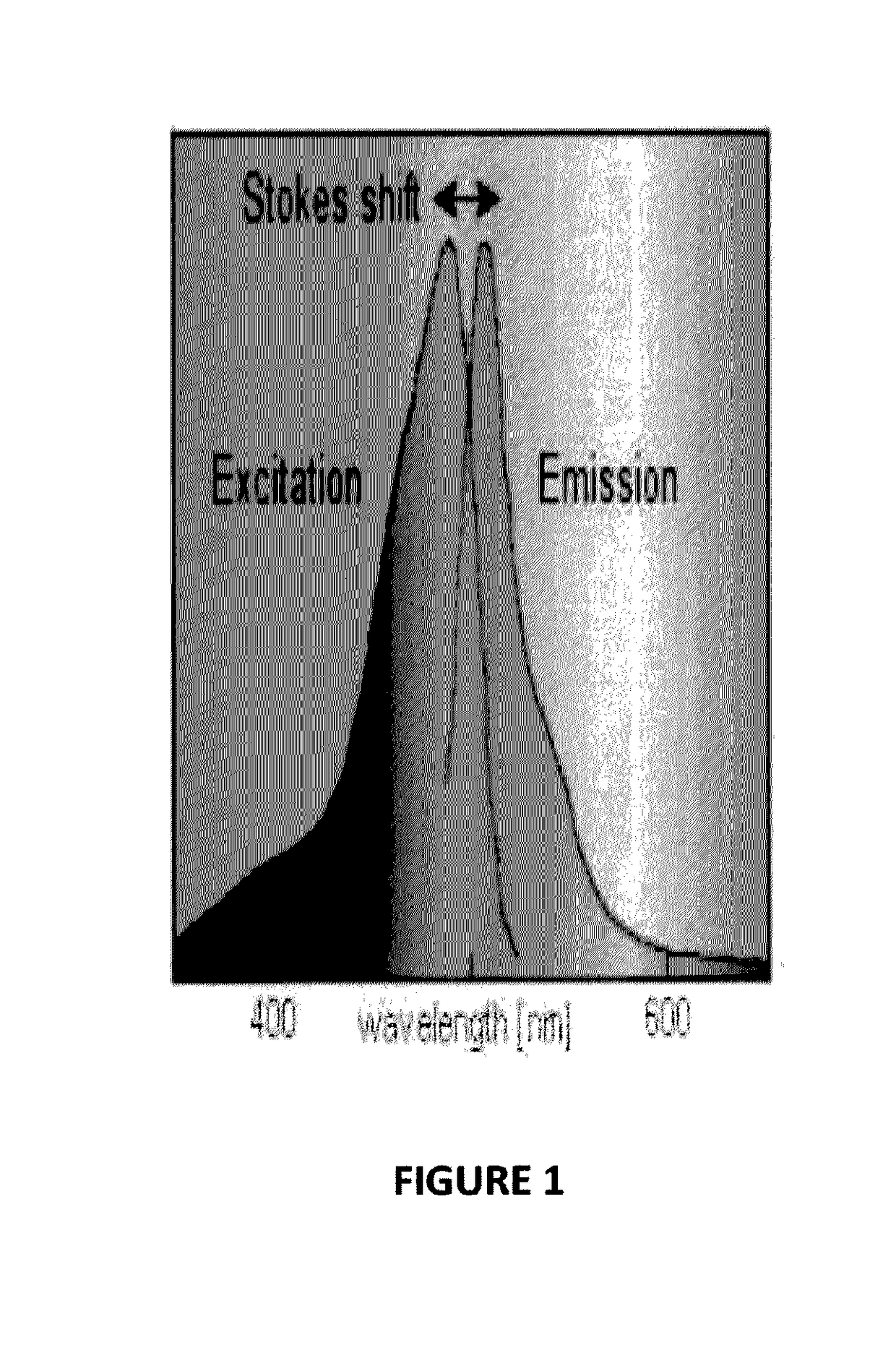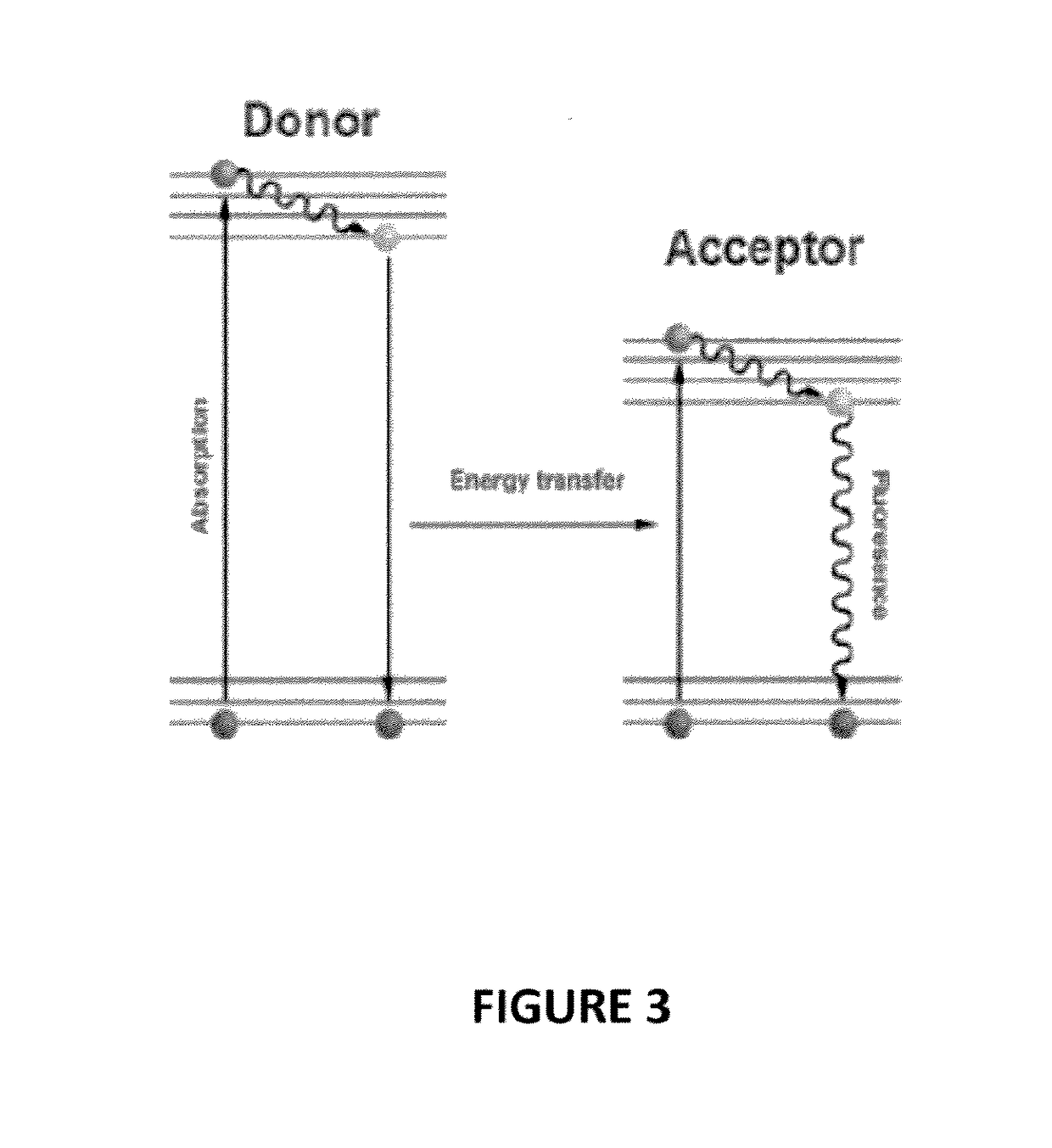Biophotonic compositions for the treatment of pyoderma
a biophotonic composition and pyoderma technology, applied in the field of biophotonic compositions and methods, can solve the problems of high risk of developing a pyoderma infection, skin is not able to prevent bacterial multiplication and skin invasion, and has a limited physicochemical protection
- Summary
- Abstract
- Description
- Claims
- Application Information
AI Technical Summary
Benefits of technology
Problems solved by technology
Method used
Image
Examples
examples
[0207]The examples below are given so as to illustrate the practice of various embodiments of the present disclosure. They are not intended to limit or define the entire scope of this disclosure.
[0208]It should be appreciated that the disclosure is not limited to the particular embodiments described and illustrated herein but includes all modifications and variations falling within the scope of the disclosure as defined in the appended embodiments.
General Protocol
[0209]Typically, the conventional treatment of deep pyoderma involves the administration of systemic antibiotics (injection or oral, often in combination), for variable periods of time as a function of the affected sites and severity of the lesions, which generally ranges from 4 to 9 weeks (28 days to 63 days). The typical treatment time for treating superficial pyoderma using the conventional therapy ranges from 4 to 6 weeks (28 days to 42 days). Studies were carried out on dogs with cutaneous infections to evaluate the ef...
PUM
 Login to View More
Login to View More Abstract
Description
Claims
Application Information
 Login to View More
Login to View More - R&D
- Intellectual Property
- Life Sciences
- Materials
- Tech Scout
- Unparalleled Data Quality
- Higher Quality Content
- 60% Fewer Hallucinations
Browse by: Latest US Patents, China's latest patents, Technical Efficacy Thesaurus, Application Domain, Technology Topic, Popular Technical Reports.
© 2025 PatSnap. All rights reserved.Legal|Privacy policy|Modern Slavery Act Transparency Statement|Sitemap|About US| Contact US: help@patsnap.com



